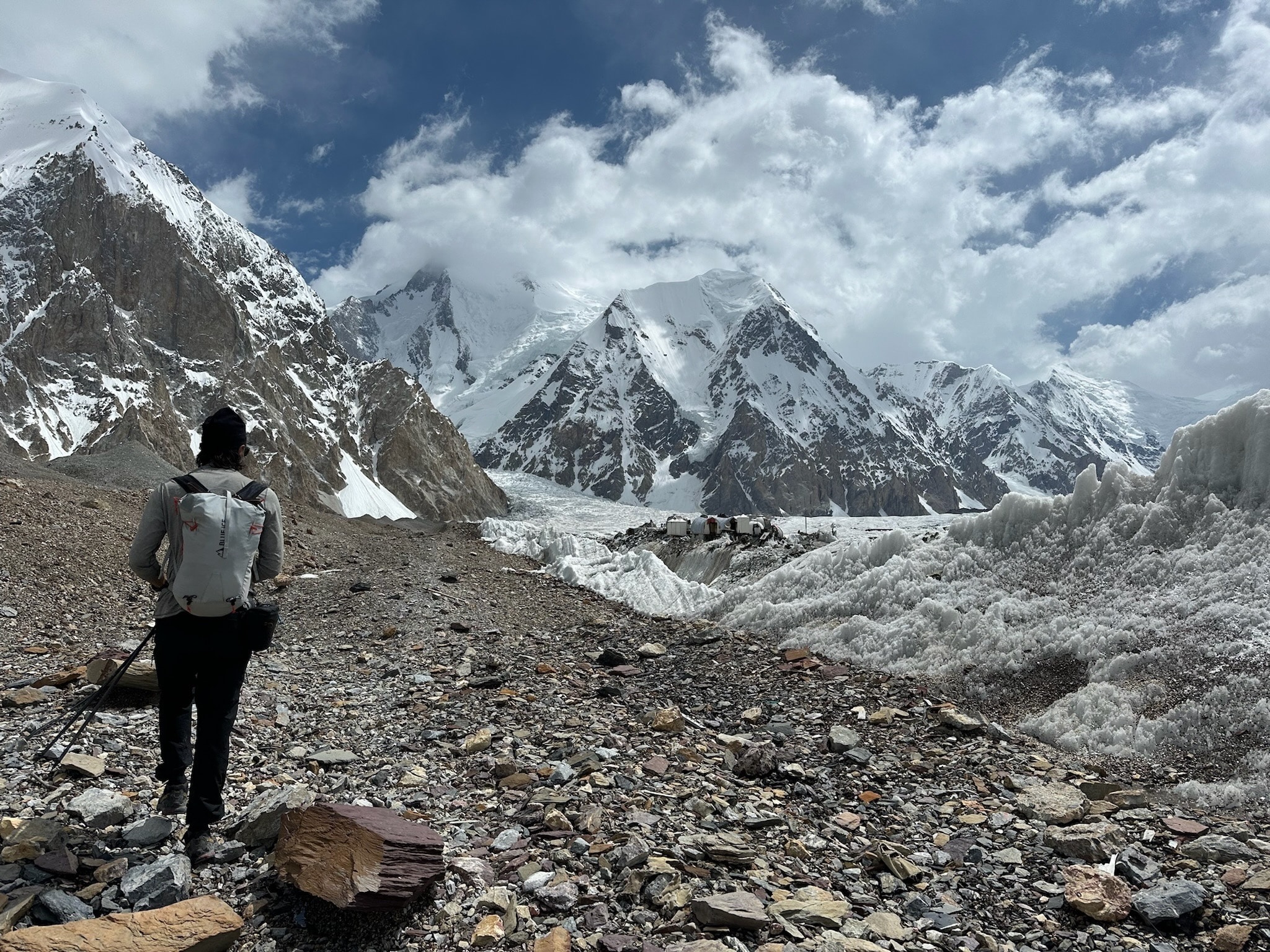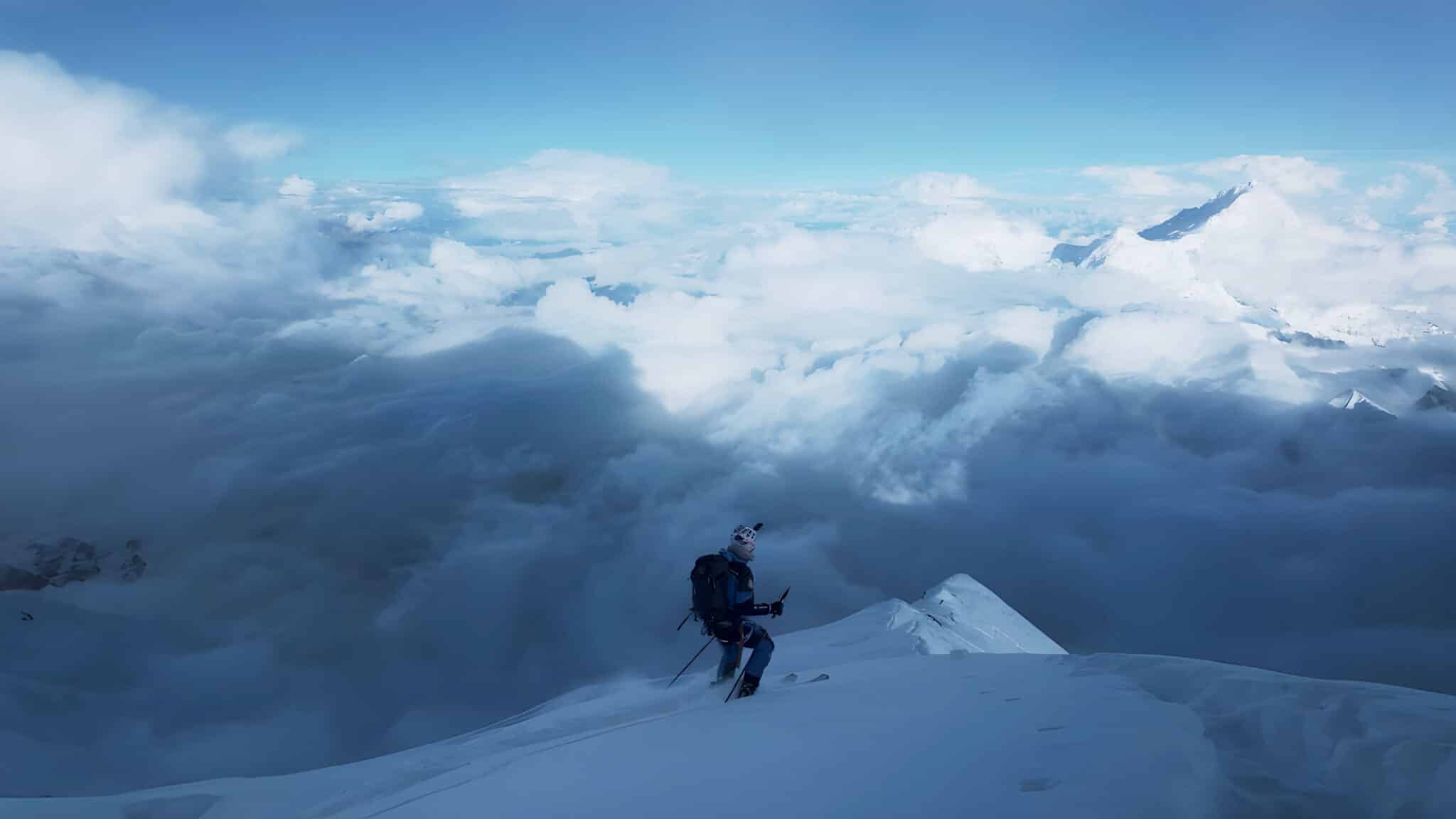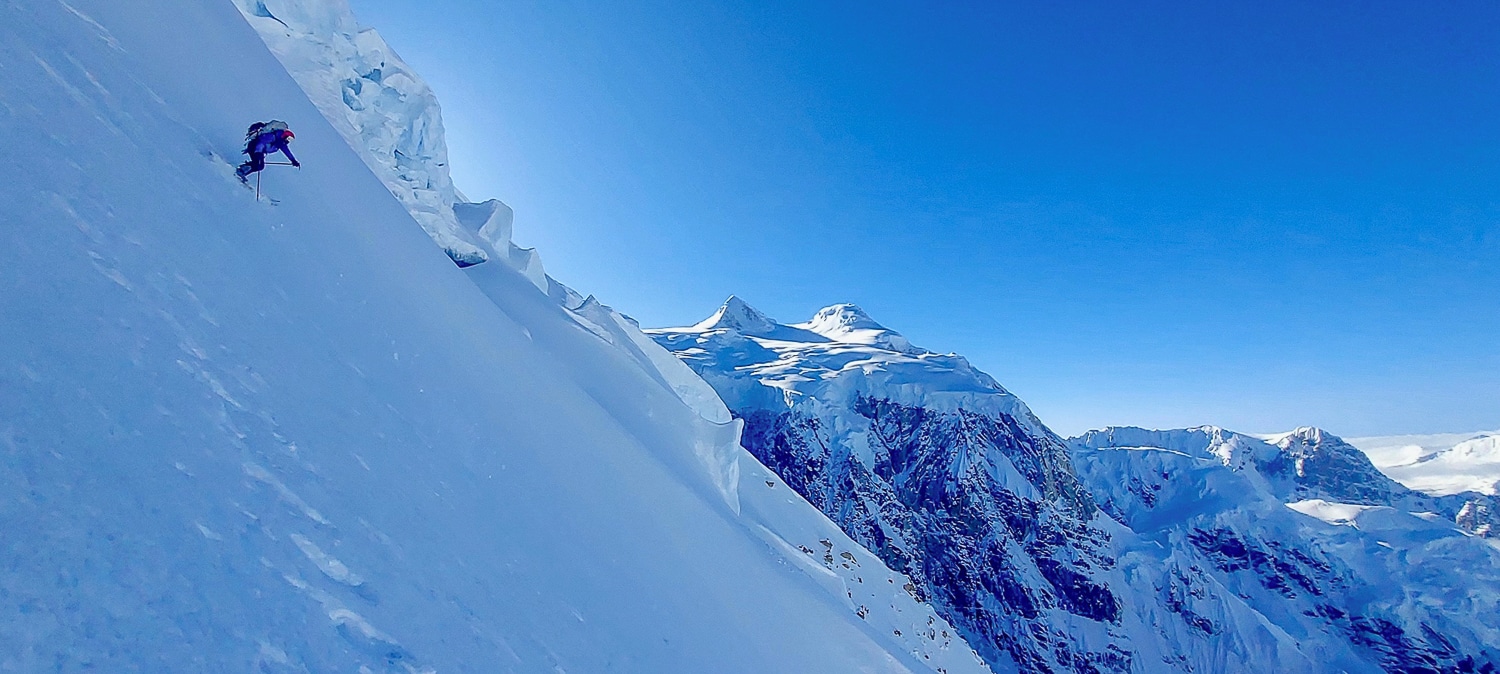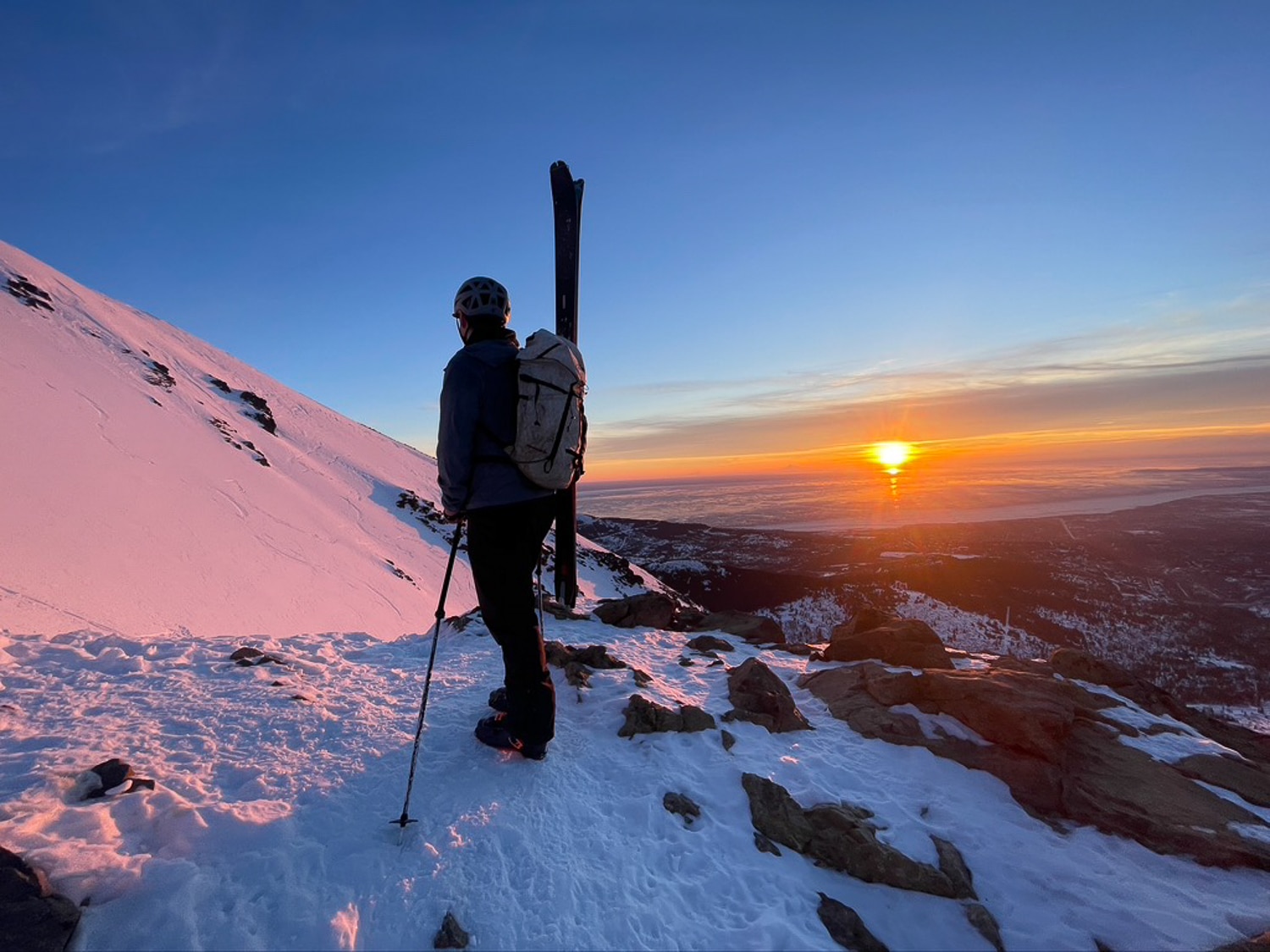Let’s wander a bit into the realm of ski/splitboard traverse sleep systems. Although we’ll land on some general gear themes, as a reader, it’s good to know if you are warmish or a cold sleeper before you head into the field. We suppose the best way to discern that, if you are new to snow camping, which you’ll be doing on a non-hut supported traverse, is to experiment in your local zone over the winter. Like many things here at THR, the aim is to be non-prescriptive, as in “the best” system is this or that, but to present ideas from several people to discern what might work best for you. From trip to trip and individual to individual, these are personalized systems. A traverse in the Alaska Range differs considerably from one in places like the North Cascades, Canadian Rockies, and the Wind Rivers. Variables to think about are some of the following but not limited to:
Sleeping altitude.
Time of year.
Type of shelter: mid vs. tent.
Noted already, are you a warm/cold sleeper?






Leave a Reply
You must be logged in to post a comment.